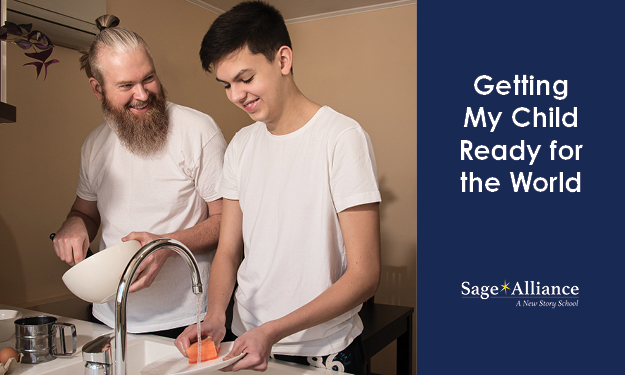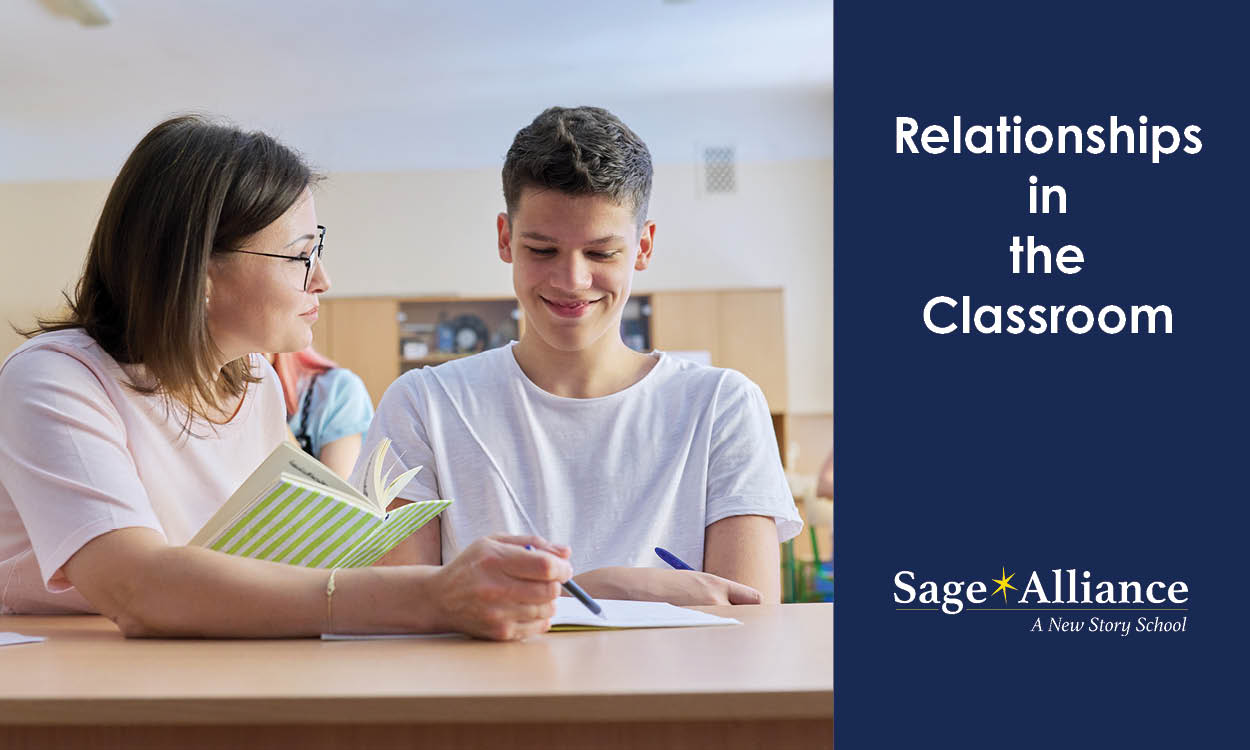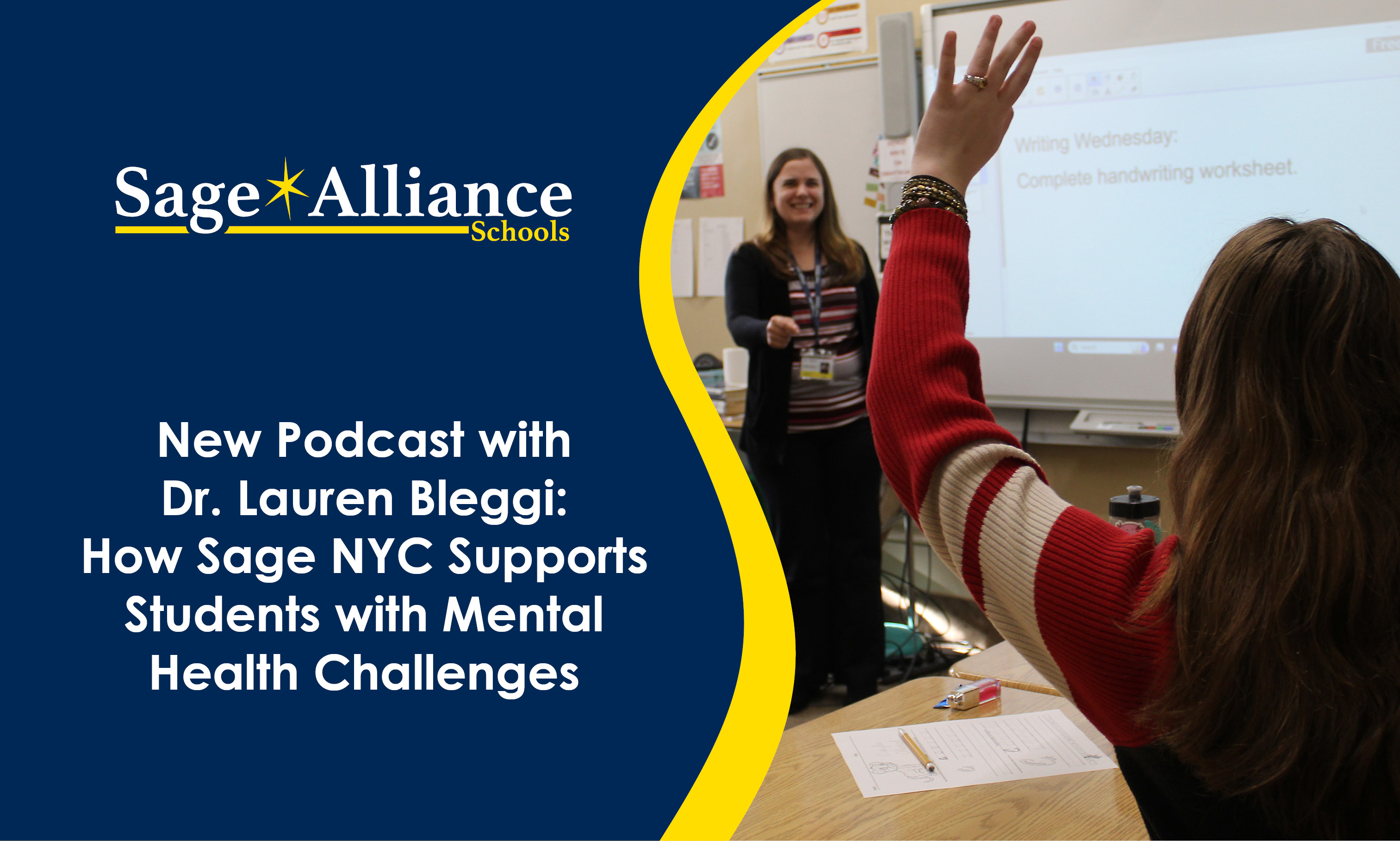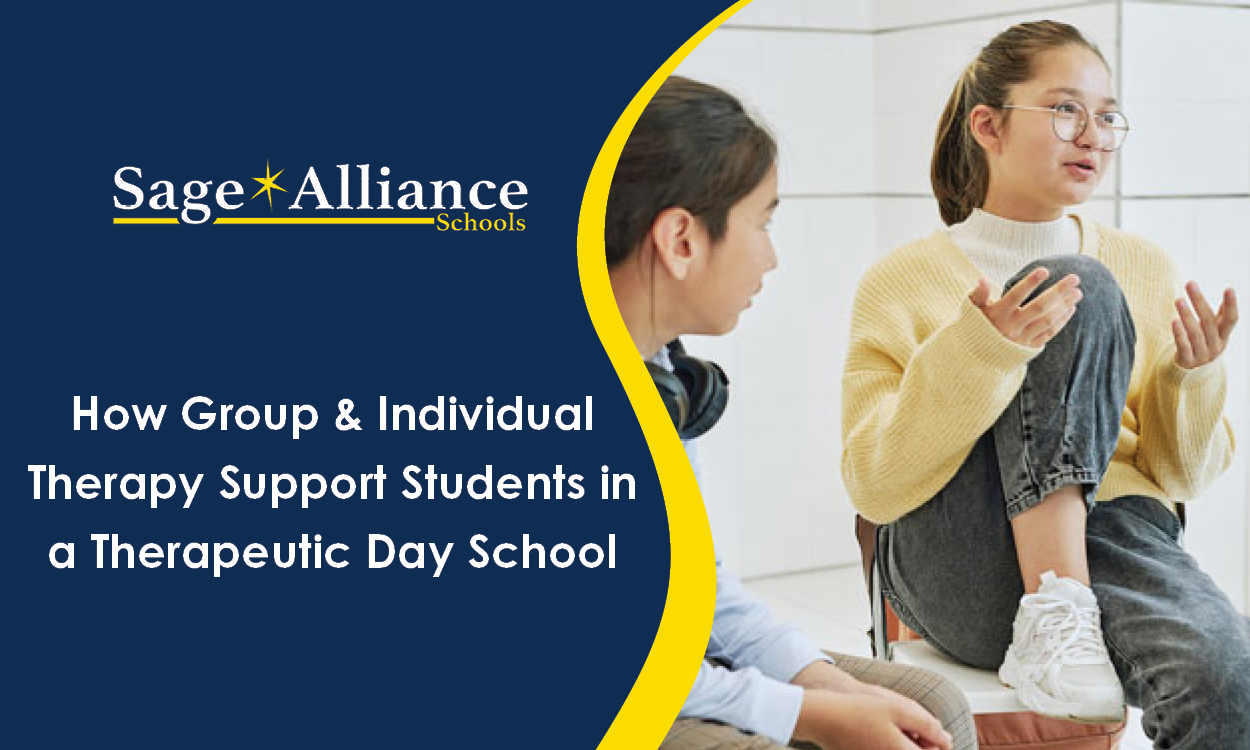The Recipe
Posted: March 27, 2012 | Written By: Holly Ference | Category: Therapeutic Education

by John Immerman, Mahwah Campus Principal
Success presents itself in a variety of ways often showing up in small increments that can be overlooked by the untrained eye. Teachers, clinicians, parents and school leaders who focus on the positives often see success in all of the glorious ways that it presents itself. To foster success, it is essential to start with a solid philosophy that success for all learners is a requirement, not merely a wish, and that improvement is a target for learners as well as caretakers. The targeted improvement needs to be measurable and within the reach of each learner. These simple statements are the embodiment of the recipe that spurs success for the students and faculty at Sage Day. The measurement of success begins with essential questions that educational professionals must ask.
-
What do you want each student to learn?
-
How will you know if they have learned it?
-
What will be done for students who have not learned it?
The answers to these questions first presented in Whatever it Takes (Dufour, Dufour, Eaker, 2005) are required ingredients in the Sage Day recipe for student success. Utilizing a variety of learning strategies that draw upon student centered learning and sound research in education, Sage Day’s knowledgeable teachers focus on student outcomes that reinforce learning and create individual success for our students. Sage Day teachers and support staff devote many hours collaborating on enhancing their skills to better attain significant student success. For instance, faculty in-service in the utilization of S.M.A.R.T. goals (Dufour 2004) assists professionals in becoming better focused in planning as well as understanding how to incorporate strategies that lend themselves to the growth of each student with reliable information that will serve to enhance student achievement. Beyond the academics, Sage Day embellishes the environment through character education initiatives that serve to improve the self worth of each student. Perhaps most significantly, twice-weekly individual and group therapy, combined with weekly family therapy help the child and family successfully navigate every aspect of the school experience.
Want to be notified of new articles and resources from Sage Alliance? Click here to submit your email and opt into our newsletter.









